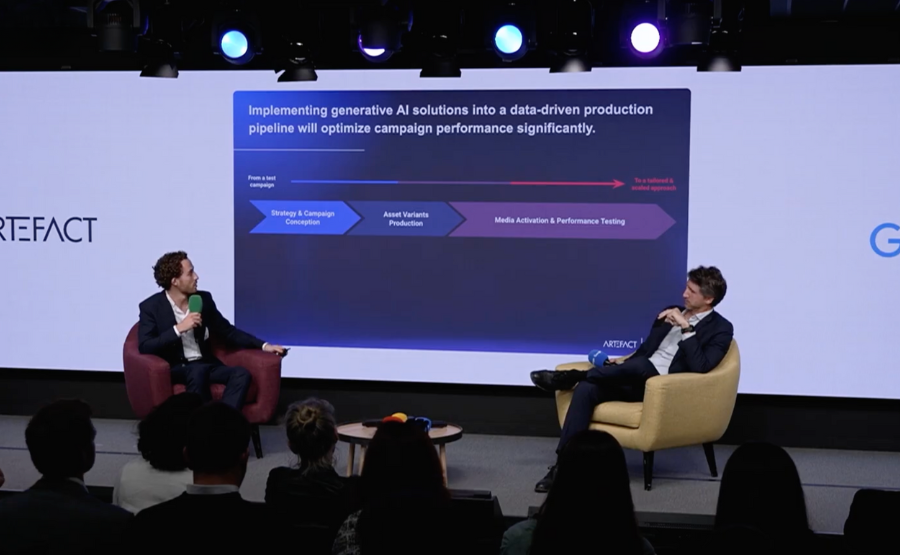AI at the Core of Media Performance
The starting point of this transformation lies in the rapid evolution of media buying. Thomas Quélin highlighted a key development: algorithms and automation have become the receptacles for the majority of advertising investments. Today, nearly 80% of media investments in retail focus on Google Performance Max campaigns, which are automated and AI-driven campaigns. This predominance has rendered the traditional matrix of precision marketing based on audience and keyword targeting less relevant. Faced with algorithms that don’t favor one advertiser over another and don’t create comparative advantages, advertisers must work on their proprietary assets, especially creative assets.
The Google environment, far beyond its initial perception as a text-based search engine, has become a “full-funnel” ecosystem. This means the quality of creative assets is paramount for capturing consumer attention at every stage of their journey. A Nielsen study confirms that creative quality is the most influential factor in digital campaign performance. However, this increased importance of creativity comes with a challenge: platforms like Google Ads are “asset-hungry,” requiring up to 20 images and 5 videos per Performance Max campaign. For an international brand, this translates into the need to produce a colossal volume of creations, severely straining traditional budgets and production capabilities. The objective is therefore clear: produce more assets, faster, and at lower cost. Adopting AI can reduce the cost of digital asset production at scale by a factor of three or four for large brands.
Etienne Roure detailed how Generative AI integrates transformatively at each stage of the creative value chain. From the design phase, AI accelerates creation (e.g., generating hyper-personalized mood boards), allowing for a 40-50% time reduction on these types of recurring tasks and real-time collaboration with clients. The production phase is where Generative AI truly unleashes its full potential. AI facilitates large-scale asset generation and drastically reduces costs. Whether integrating products into entirely AI-generated environments, dressing digital models, or inserting 3D elements into 2D scenes, AI offers unprecedented flexibility and efficiency. Finally, for post-production and content adaptation, Generative AI can be easily integrated to automate part of the process. For example, from a single “key visual,” it can generate dozens of different variations from banners to videos to feed all media platforms.
Lessons Learned in the Field
However, integrating AI is not without constraints, and Artefact has gained valuable insights from the field.
First, the maturity of different Generative AI modalities varies enormously. Unsurprisingly, text is the most advanced, followed by image (80% commercial usability), while video is less mature (though testing and monitoring developments are still recommended).
Another crucial learning is the use of digital twins of products. Creating 3D versions allows them to be perfectly integrated into AI-generated environments, avoiding any visual deterioration and enabling the replication of “virtual photoshoot” conditions.
Despite these advancements, it’s essential to understand that Generative AI is not a fully automatic solution. Human post-production is indispensable for correcting “hallucinations,” integrating legal or branding elements, and, most importantly, instilling the creative touch that only humans can provide. AI can augment a creative but won’t make a non-creative person creative.
Client Cases and Performance
The concrete results of these approaches are compelling. A major luxury player, for example, reduced the production cost of an asset from €14,000 to just €4,000 thanks to AI. The photoshoot phase could be completely eliminated using digital twins. Another case, with a European garden supply company, demonstrated AI’s ability to create customized production pipelines for integrating packshots into very specific AI atmospheres and generating variations automatically.
These innovations translate directly into measurable media performance. A/B tests conducted by Artefact within the Google Ads environment revealed significant improvements. In the hotel sector, a 25% increase in ROAS (Return On Ad Spend) was observed. In the cloud industry, CPA (Cost Per Acquisition) decreased by 20%, and conversion rates were drastically improved.
In summary, Generative AI is no longer just a trend to observe, but a strategic imperative for brands and agencies. It allows for meeting the increasing demand of Google’s algorithms for creative assets, reducing production costs, and, above all, significantly optimizing media campaign performance. It’s a bold, but indispensable, direction that Artefact’s experts encourage all companies to explore to remain competitive in this new age of digital marketing.
Watch the replay of the presentation:
 BLOG
BLOG